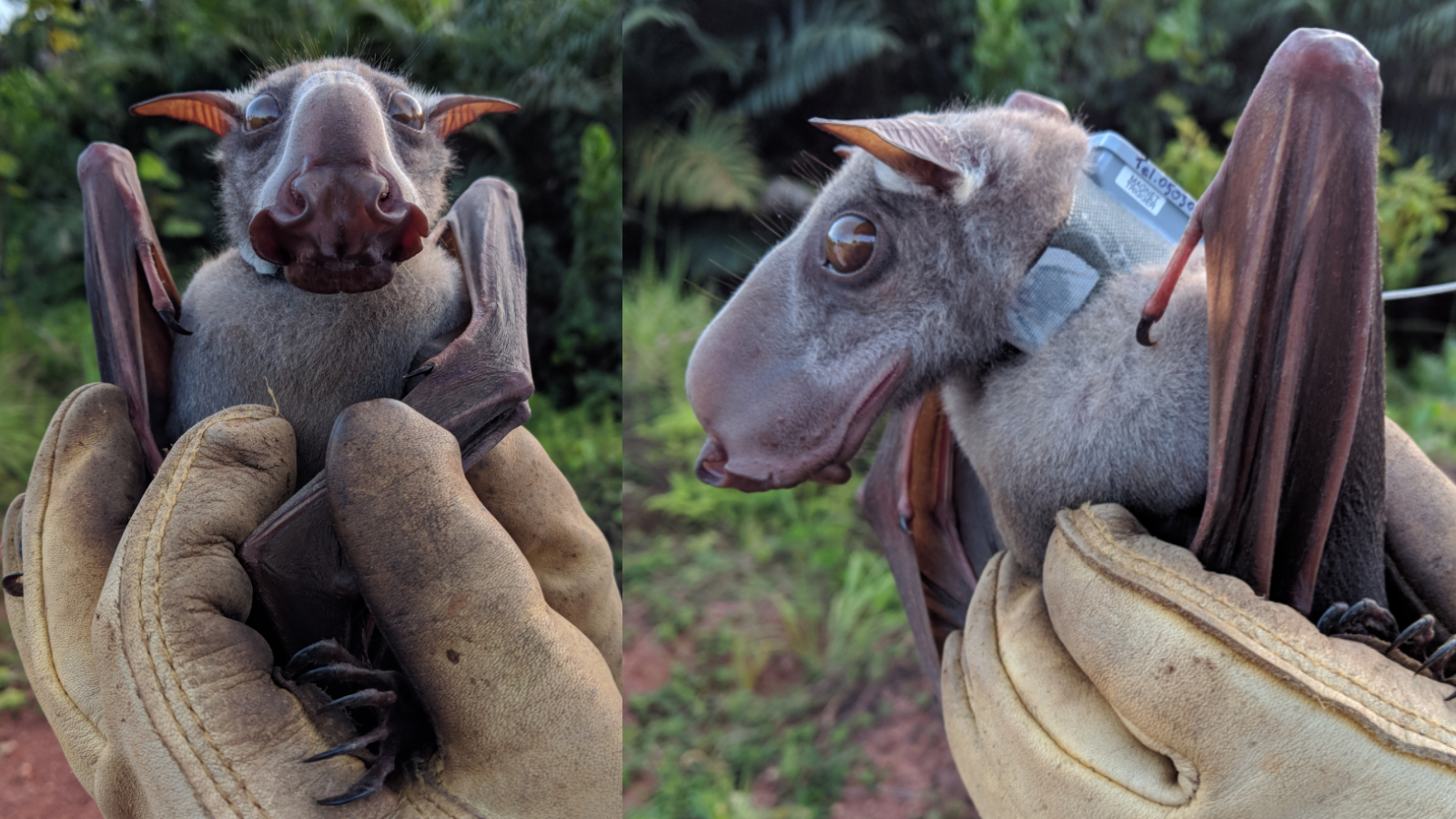Cancers, Vol. 15, Pages 5151: Peak Risk of Recurrence Occurs during the First Two Years after a Pancreatectomy in Patients Receiving Neoadjuvant FOLFIRINOX
Cancers doi: 10.3390/cancers15215151
Authors: Marie-Sophie Alfano Jonathan Garnier Anaïs Palen Jacques Ewald Gilles Piana Flora Poizat Emmanuel Mitry Jean-Robert Delpero Olivier Turrini
No codified/systematic surveillance program exists for borderline/locally advanced pancreatic ductal carcinoma treated with neoadjuvant FOLFIRINOX and a secondary resection. This study aimed to determine the trend of recurrence in patients who were managed using such a treatment strategy. From 2010, 101 patients received FOLFIRINOX and underwent a pancreatectomy, in a minimum follow-up of 5 years. Seventy-one patients (70%, R group) were diagnosed with recurrence after a median follow-up of 11 months postsurgery. In the multivariable analysis, patients in the R-group had a higher rate of weight loss (p = 0.018), higher carbohydrate antigen (CA 19-9) serum levels at diagnosis (p = 0.012), T3/T4 stage (p = 0.017), and positive lymph nodes (p < 0.01) compared to patients who did not experience recurrence. The risk of recurrence in patients with T1/T2 N0 R0 was the lowest (19%), and all recurrences occurred during the first two postoperative years. The peak risk of recurrence for the entire population was observed during the first two postoperative years. The probability of survival decreased until the second year and rebounded to 100% permanently, after the ninth postoperative year. Close monitoring is needed at reduced intervals during the first 2 years following a pancreatectomy and should be extended to later than 5 years for those with unfavorable pathological results.

 6 months ago
26
6 months ago
26


